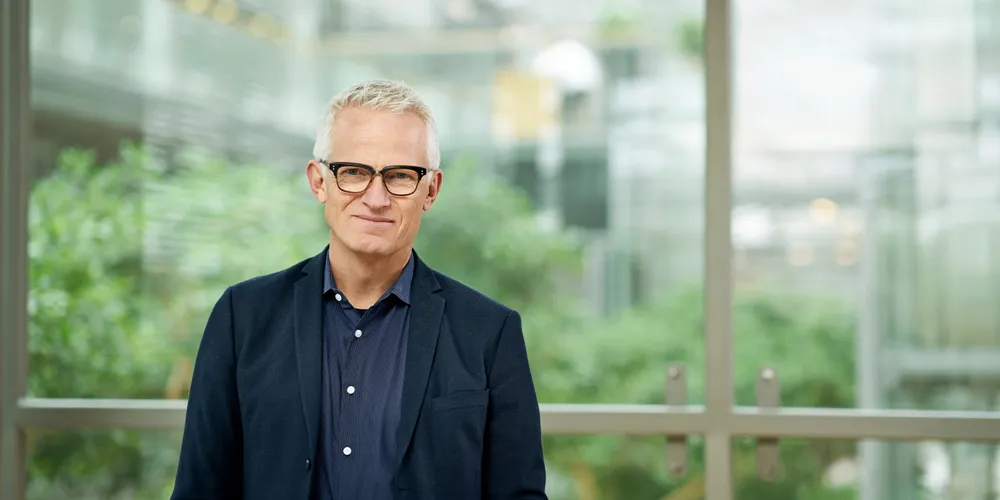'Lessons learned': Orsted to derisk portfolio after struggles with 'immature' US suppliers
Measures to reduce risk include backing off supply chain investments in new markets and double-booking installation vessels to ensure availability

Suppliers in the US, and elsewhere, can expect Orsted to take a much tougher approach to contingency planning as the world’s biggest offshore wind company looks to apply the tough lessons learned from its American projects.
Presenting its new “value-focused” business plan this week, Orsted CEO Mads Nipper also outlined a revised operating model placing more focus on contingency planning, monitoring of suppliers, inflation protection with higher scrutiny of pre-FID commitments, greater flexibility on project timelines and commissioning dates, and more project governance reviews.
Facing questions from analysts, Nipper made it clear that this model will imply higher contingency spending, even to the extent of double-booking when operating in a market with an immature supply chain for offshore wind.
Aspects of the new operating model are intended to avoid generic risks, such as rising project costs or interest rates, but Nipper stressed that contingency measures are particularly important in an immature offshore wind environment like the US.
Immature supply chain
Nipper admitted that the company had made a miscalculation in its pursuit of tax credits available for using local content and suppliers.
“With intent to qualify for tax credits we also made ourselves dependent on this [immature supply chain]. We had high confidence… and we were deeply engaged in building new facilities. We were part of ensuring that there could be FIDs on newbuild vessels. We felt comfortable that it could be kept on track, but it progressed slower than expected,” Nipper said.
As issues such as a lack of qualified labour and other difficulties ramping up took their toll among suppliers, Orsted found itself without capacity to make booking commitments needed to meet installation targets in 2025.
Included in the list of problems that eventually led to more than 200 cancelled contracts was a major issue obtaining monopiles and continuing delays with the newbuild installation vessel.
With Ocean Wind 1 already in trouble, Orsted became aware of ramp-up problems at a new monopile facility last year.
“We found ourselves learning about what happens if delays on foundations and vessels occur pretty concurrently. It became clear we had to update our risk management framework… we have to have the ability to mitigate in future,” Nipper said.
Steps taken
Orsted is already adopting a different approach on its 924MW Sunrise Wind project, submitted for the currently open New York 4 tender for capacity.
“We are already proactively descoping from 84 to 28 monopiles and that means that two additional suppliers have filled in the remaining capacity, and they are both on track,” Nipper said, while stressing that these were contingency measures rather than any indication change to the development plan.
The company stated that it also seeking a back-up vessel for Sunrise Wind, which is scheduled to start commercial operation in 2026 if it is selected in the round.
“We are simulating what happens if there are big risks and also if these risks occur concurrently,” he said.
Nipper also gave the example of 704MW Revolution Wind farm, which now has two parallel vessel contracts, “one with a Jones Act-compliant vessel where it is unclear when will actually get it.”
“We know that the vessel is delayed, but unfortunately there is no certainty, so we had to contract full scope with additional vessel,” he added.
“This is expensive but negotiating these contracts is something we can do. We are the biggest contractor and can use this position," Nipper said.
The CEO described this as an example of “learning lessons and increasing contingency even though have to accept additional cost. We are looking to be more proactive, looking more closely even when have the booking in place," he explained.
(Copyright)